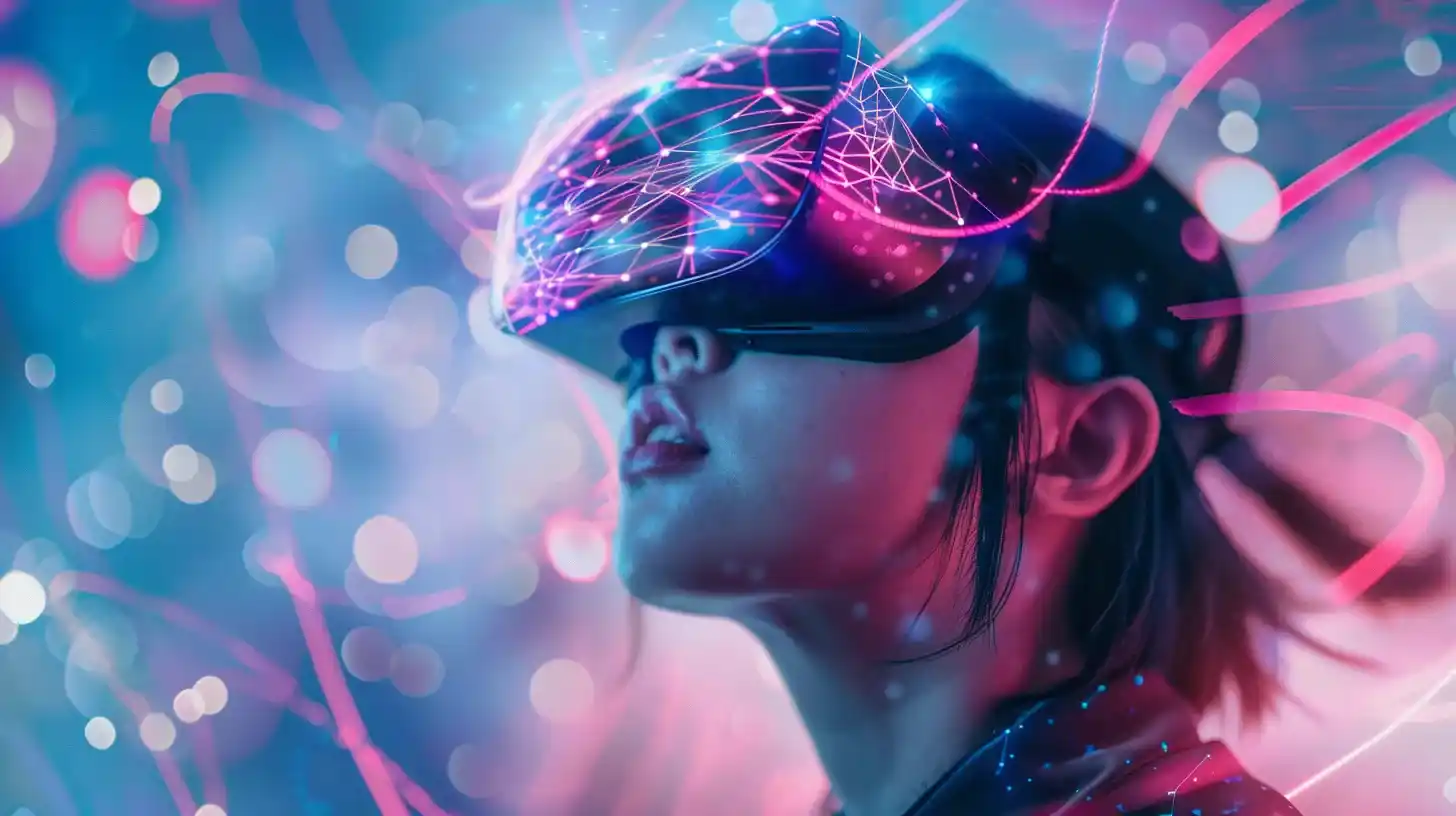Table of Contents
Unveiling New OpenAI’s Exciting Sora Model: A Groundbreaking Advancement in AI Technology
OpenAI, a trailblazer in the field of artificial intelligence, continues to push the boundaries of innovation with its latest creation: the Sora model. Following in the footsteps of startups like Runway and tech giants like Google and Meta, OpenAI introduces the Sora model, a generative AI model designed to revolutionize video generation.
Understanding Sora’s Capabilities
Sora represents a significant leap forward in AI-driven creativity, boasting the remarkable ability to generate high-quality videos from text inputs.
Whether provided with a brief description, detailed instructions, or even a still image, Sora model can produce 1080p movie-like scenes featuring multiple characters, diverse types of motion, and intricate background details. According to OpenAI, Sora model can also “extend” existing video clips by filling in missing details, showcasing its adaptability and versatility.
The Power of Language Understanding
At the core of Sora’s capabilities lies its deep understanding of language, enabling it to accurately interpret prompts and bring them to life in visually compelling ways. OpenAI emphasizes that Sora not only comprehends the user’s requests but also understands how these elements manifest in the physical world.
This linguistic proficiency allows Sora to generate characters that express vibrant emotions and scenes that maintain coherence and realism.
Impressive Features and Potential Limitations
OpenAI’s demo page for Sora highlights several impressive features, including its ability to generate videos in various styles, such as photorealistic, animated, or black and white. Unlike many text-to-video models, Sora can produce videos up to a minute long, demonstrating its capacity for extended storytelling.
Moreover, Sora’s outputs generally avoid common pitfalls of AI-generated content, such as objects moving in physically impossible ways.
However, despite its advancements, Sora is not immune to limitations. Some videos exhibit what the author describes as “AI weirdness,” such as humanoid subjects with a video game-like quality or instances of spatial confusion and inaccuracies in cause-and-effect relationships.
OpenAI acknowledges these challenges, noting that Sora may struggle with accurately simulating complex scenes and understanding precise descriptions of events over time.

Positioning Sora: A Research Preview
OpenAI emphasizes that Sora is currently positioned as a research preview, with limited information provided about the model’s training data. With approximately 10,000 hours of “high-quality” video utilized during training, OpenAI refrains from making Sora generally available due to concerns about potential misuse. The company acknowledges the risks associated with bad actors exploiting the technology for nefarious purposes.
Addressing Concerns and Ensuring Safety
To mitigate these risks, OpenAI is actively working with experts to identify potential exploits and develop tools to detect videos generated by Sora. Furthermore, should OpenAI decide to integrate Sora into a public-facing product, the company commits to including provenance metadata in generated outputs.
OpenAI underscores its commitment to engaging policymakers, educators, and artists worldwide to understand their concerns and identify positive use cases for the technology.
Conclusion: Navigating the Future of AI Technology
In conclusion, the debut of OpenAI’s Sora model marks a remarkable stride forward in the realm of AI-powered creativity and video production. Beyond its impressive capabilities, Sora emphasizes the necessity of conscientious development and implementation of AI systems.
As OpenAI further enhances Sora and delves into its myriad applications, the organization reaffirms its dedication to facilitating open discourse, addressing apprehensions, and guaranteeing that AI advancements are harnessed for the betterment of society.
With Sora, OpenAI propels us into a future where AI not only innovates but also operates ethically, serving as a beacon for responsible technological progress.